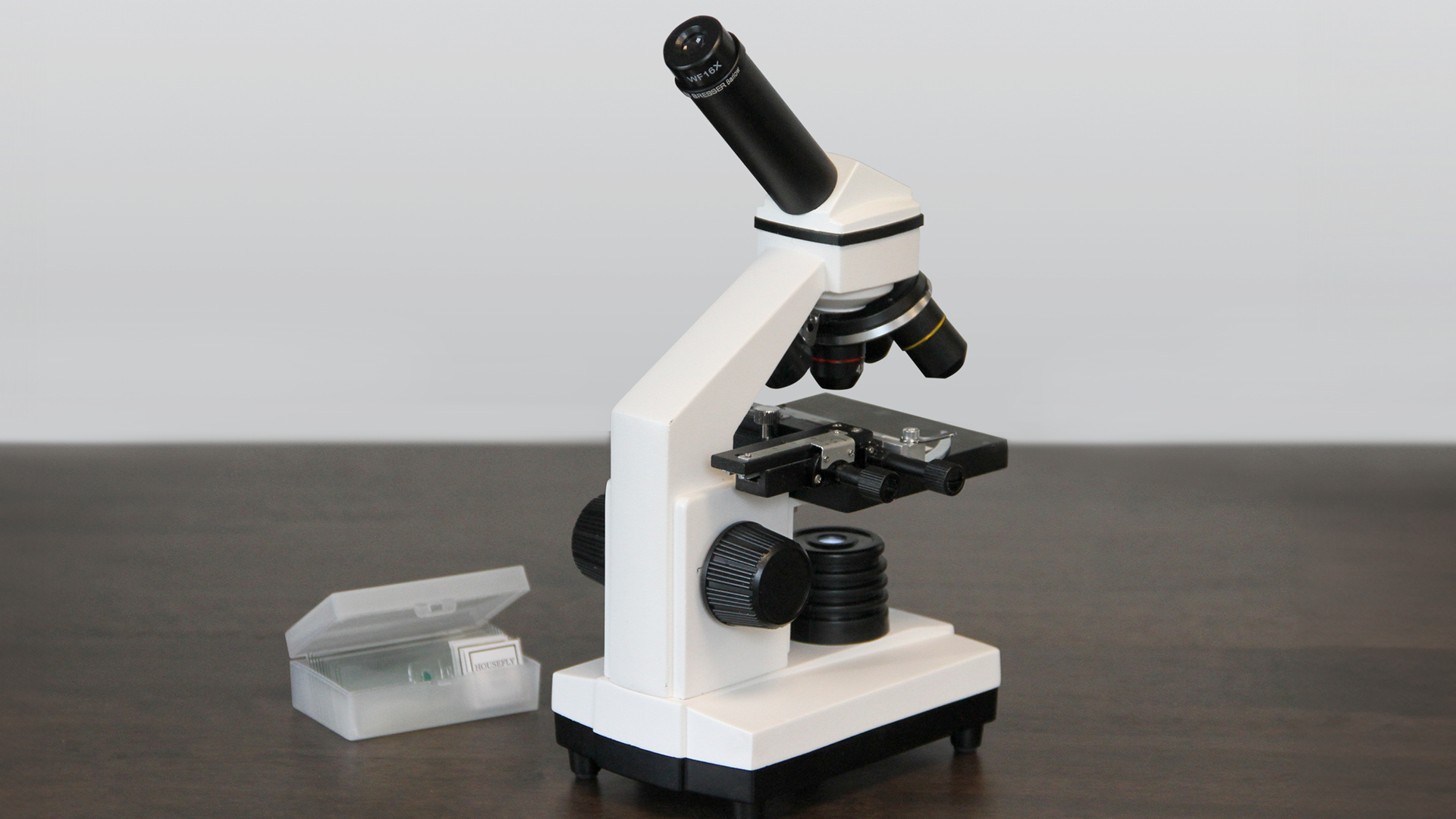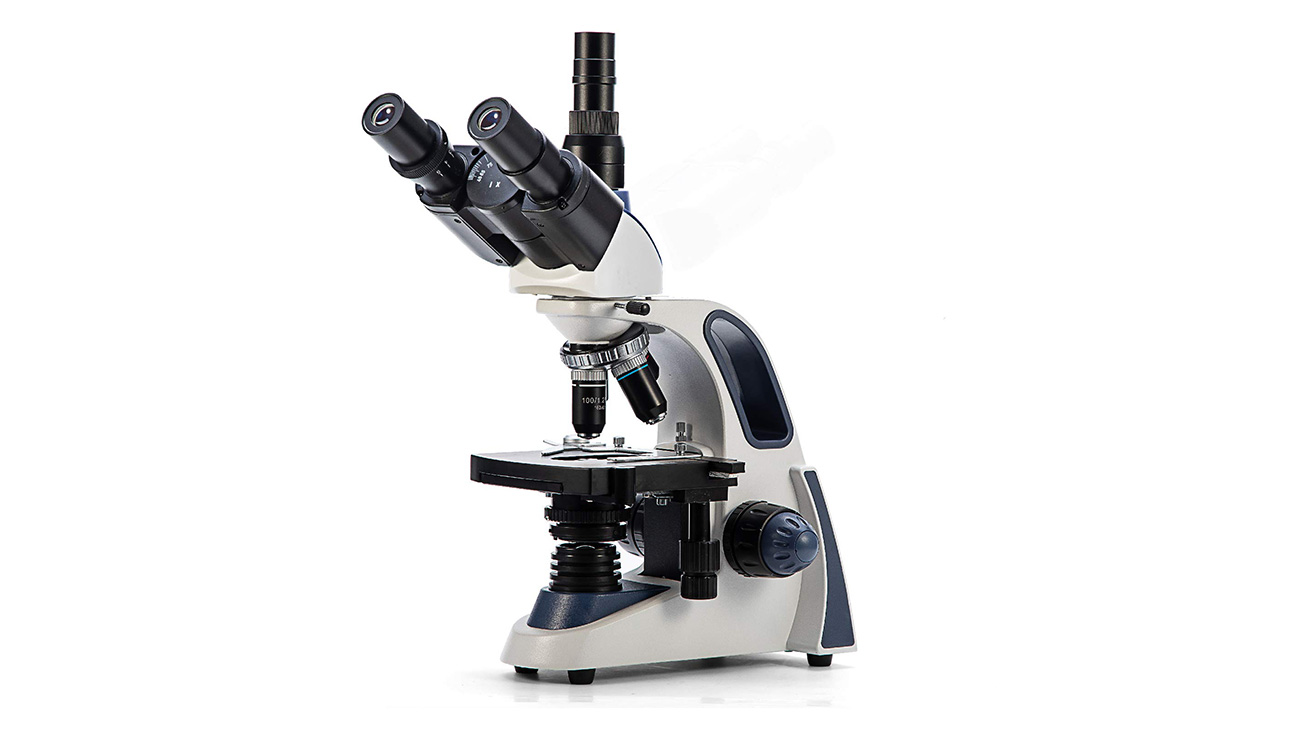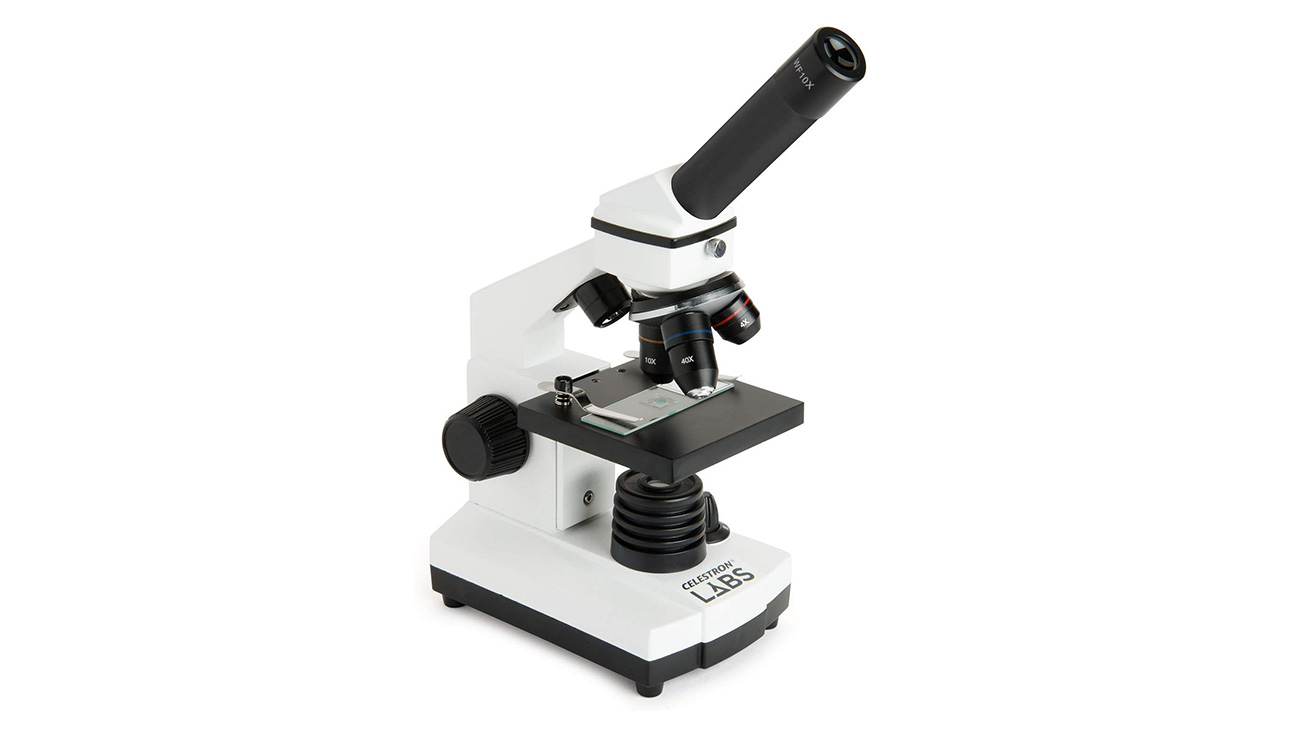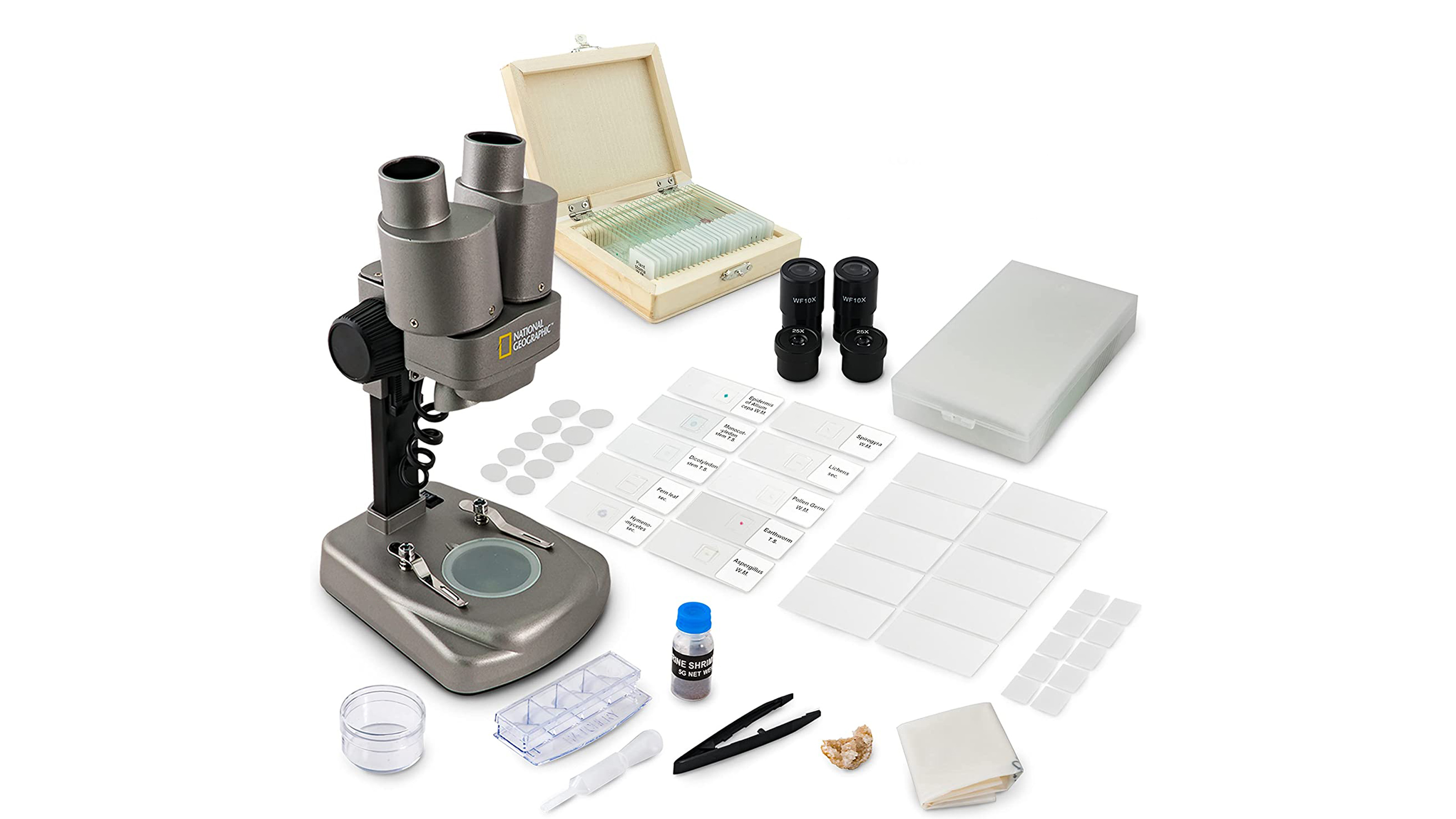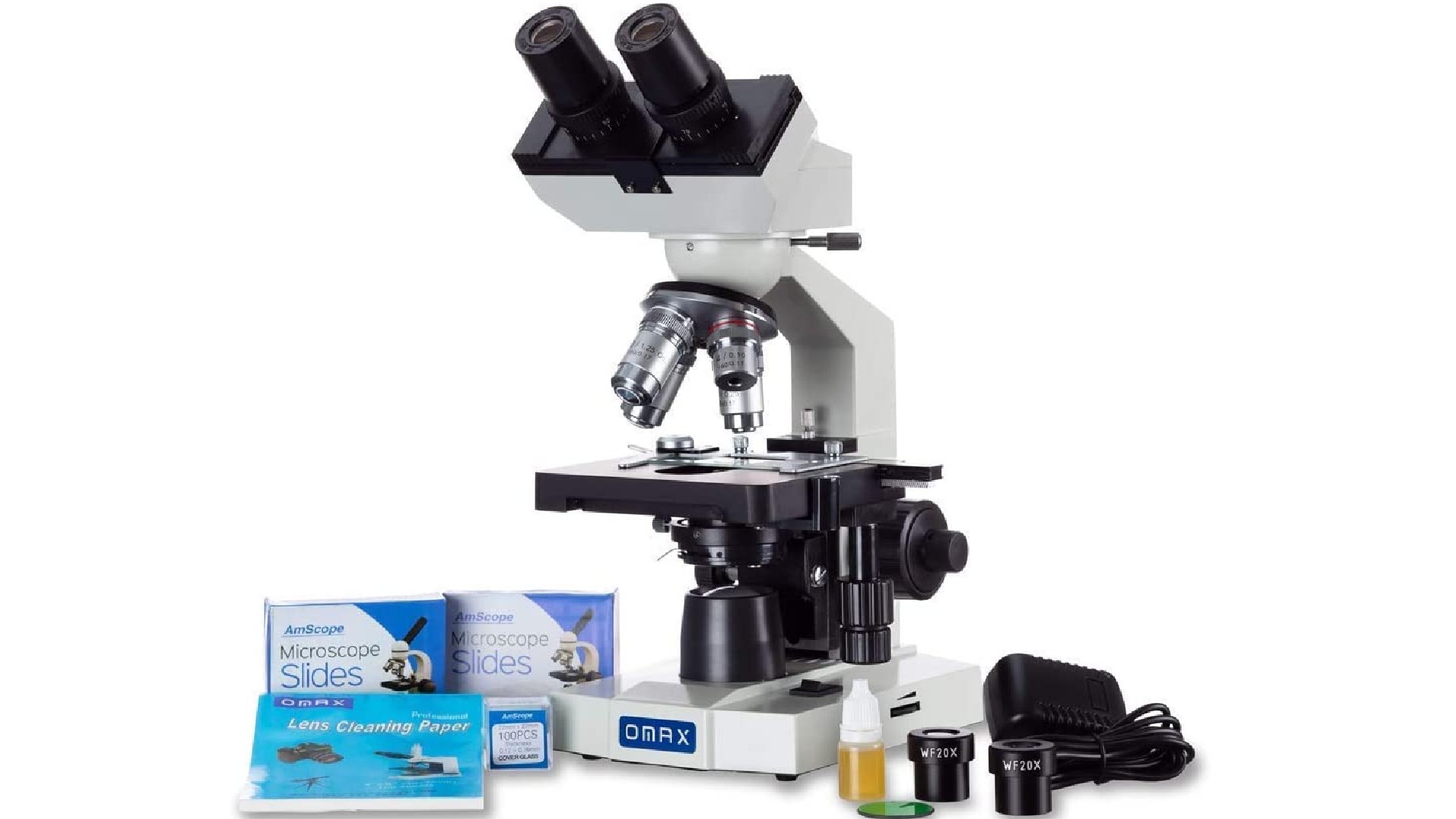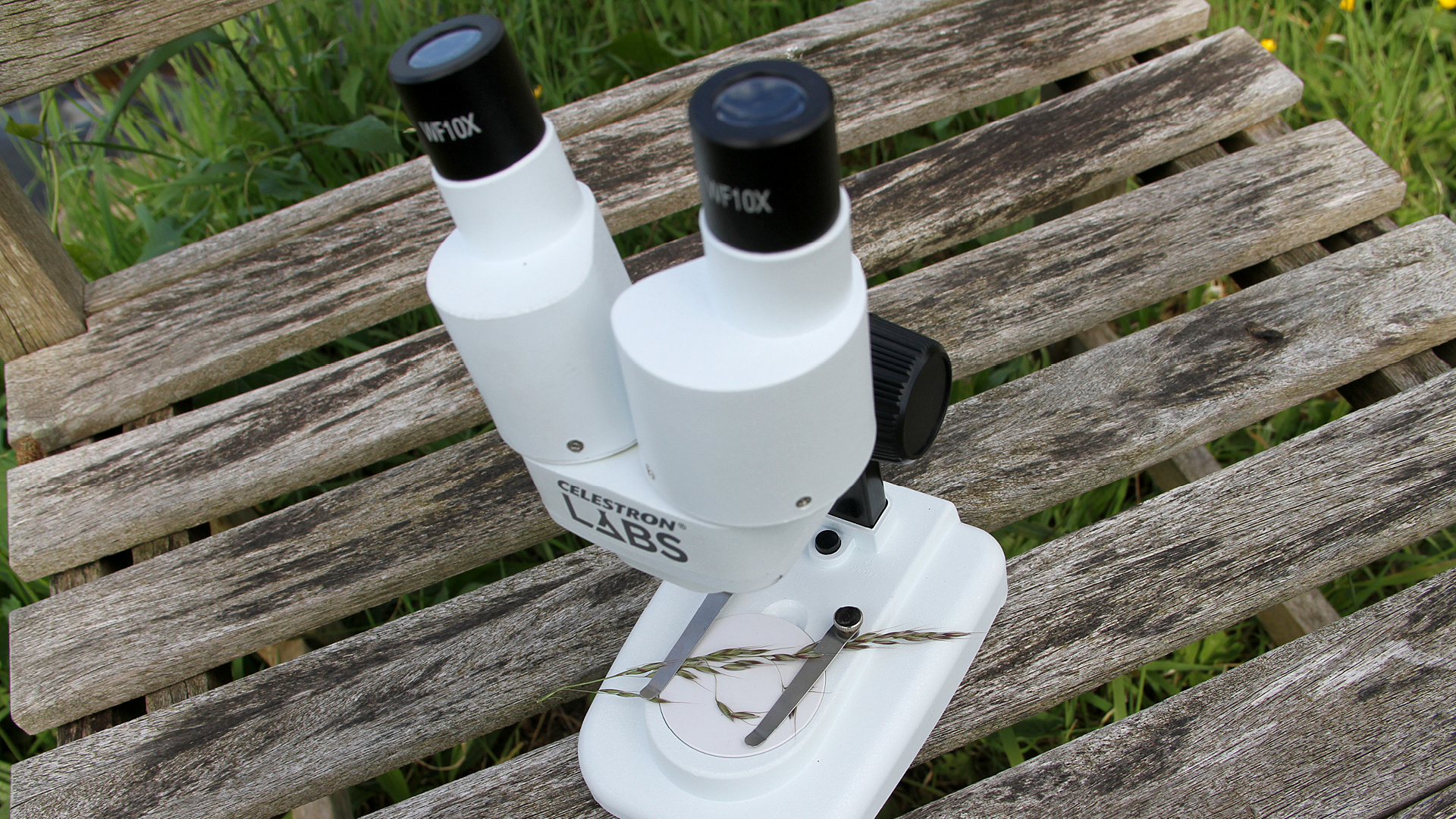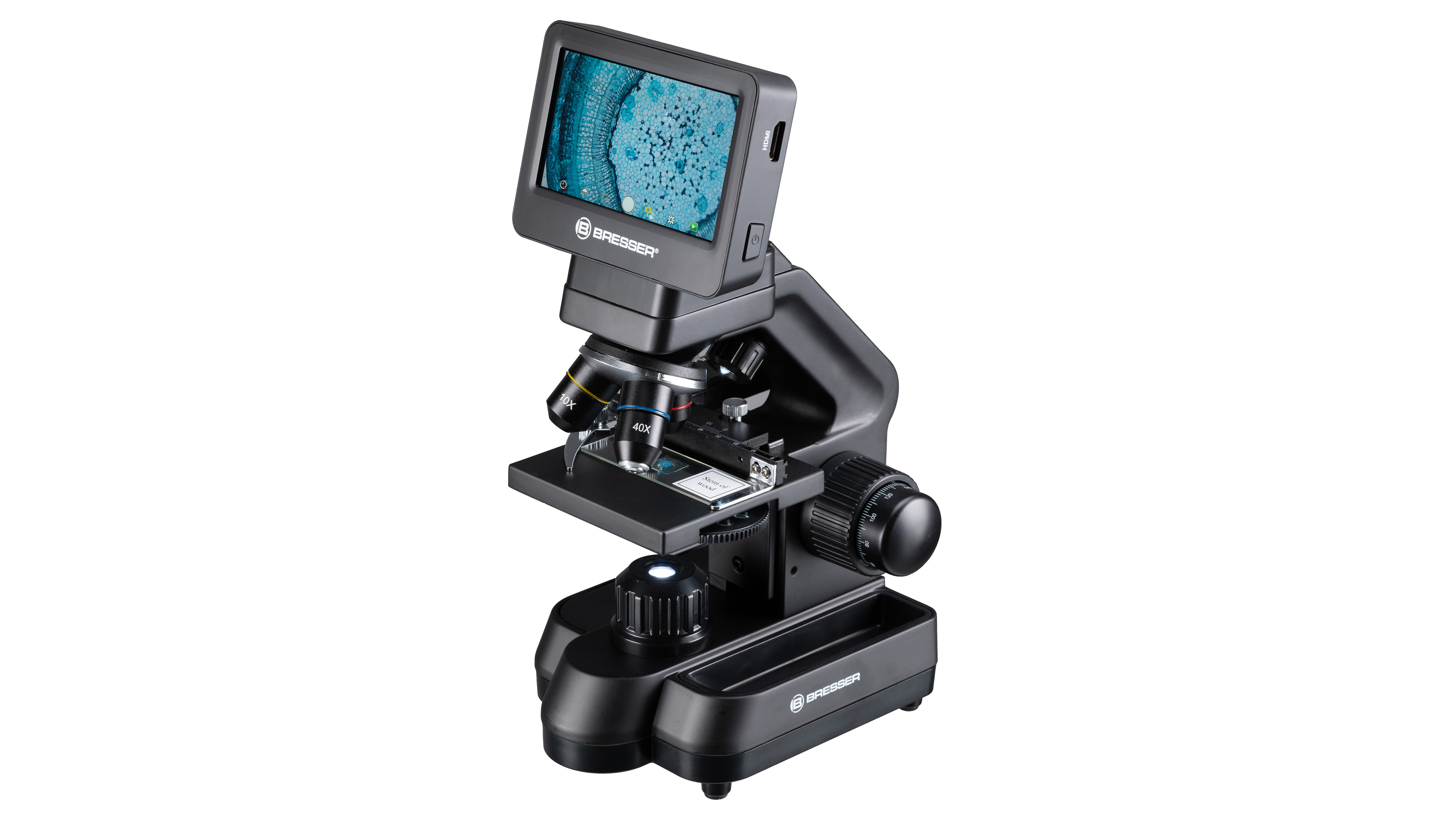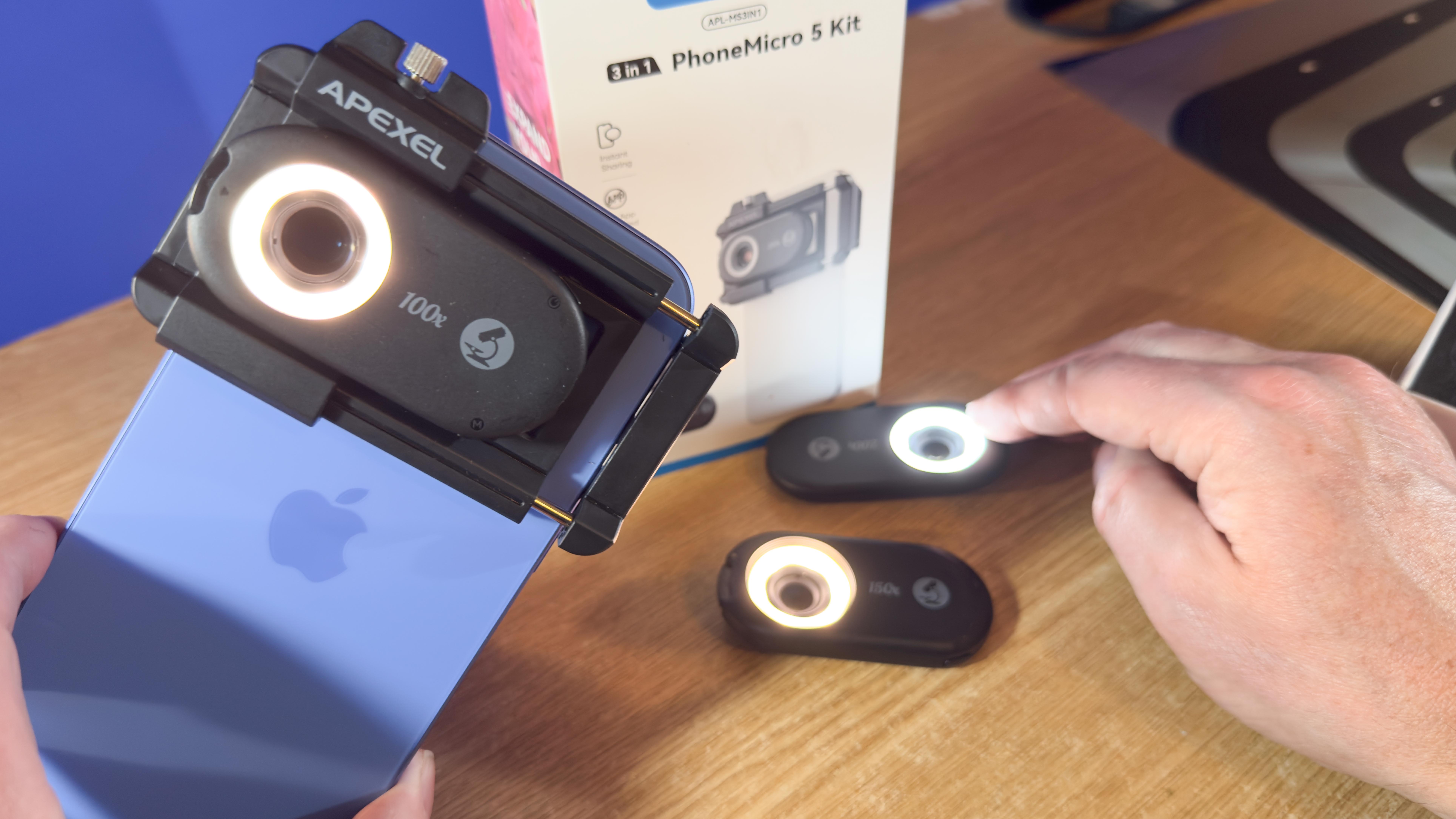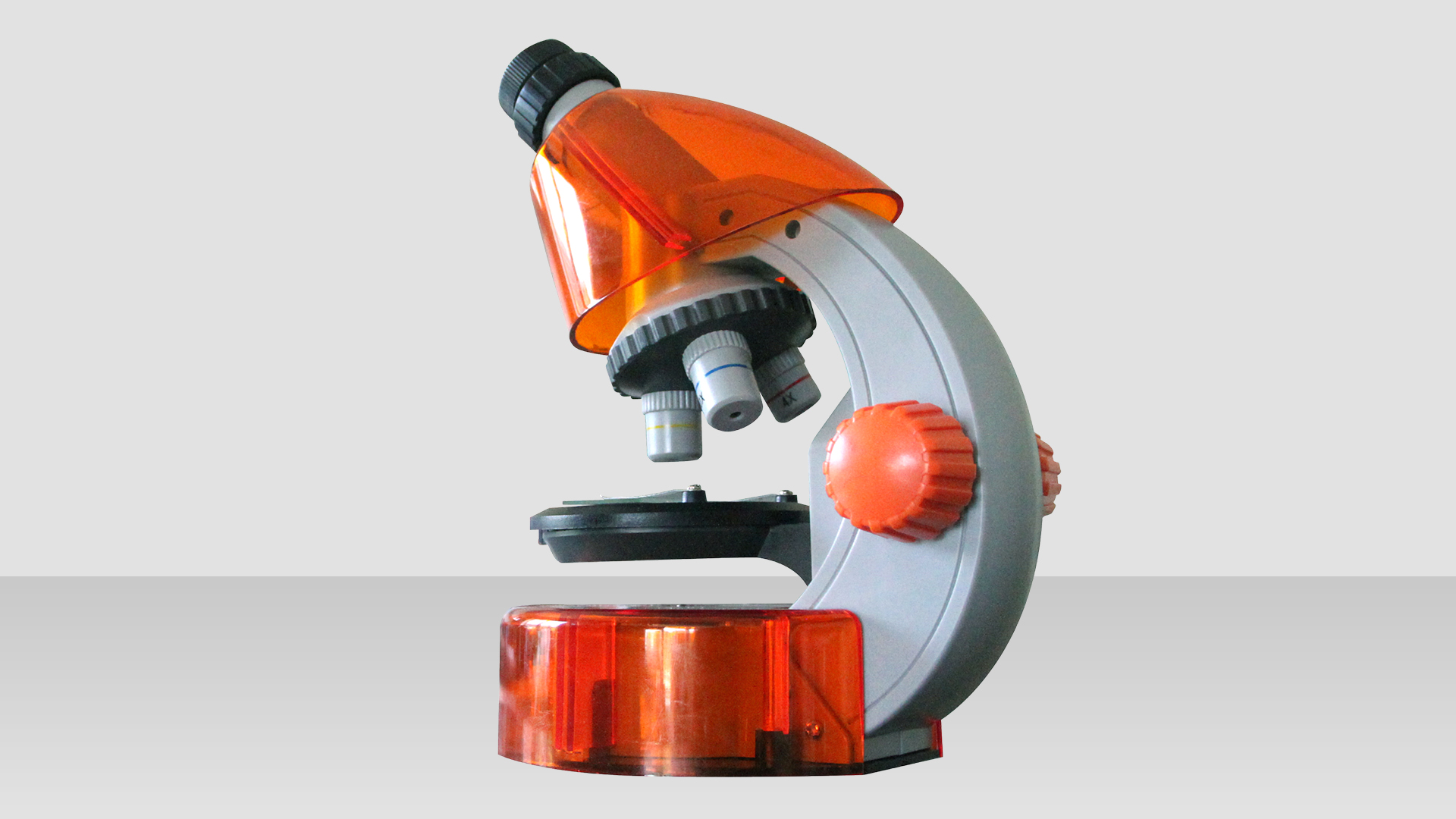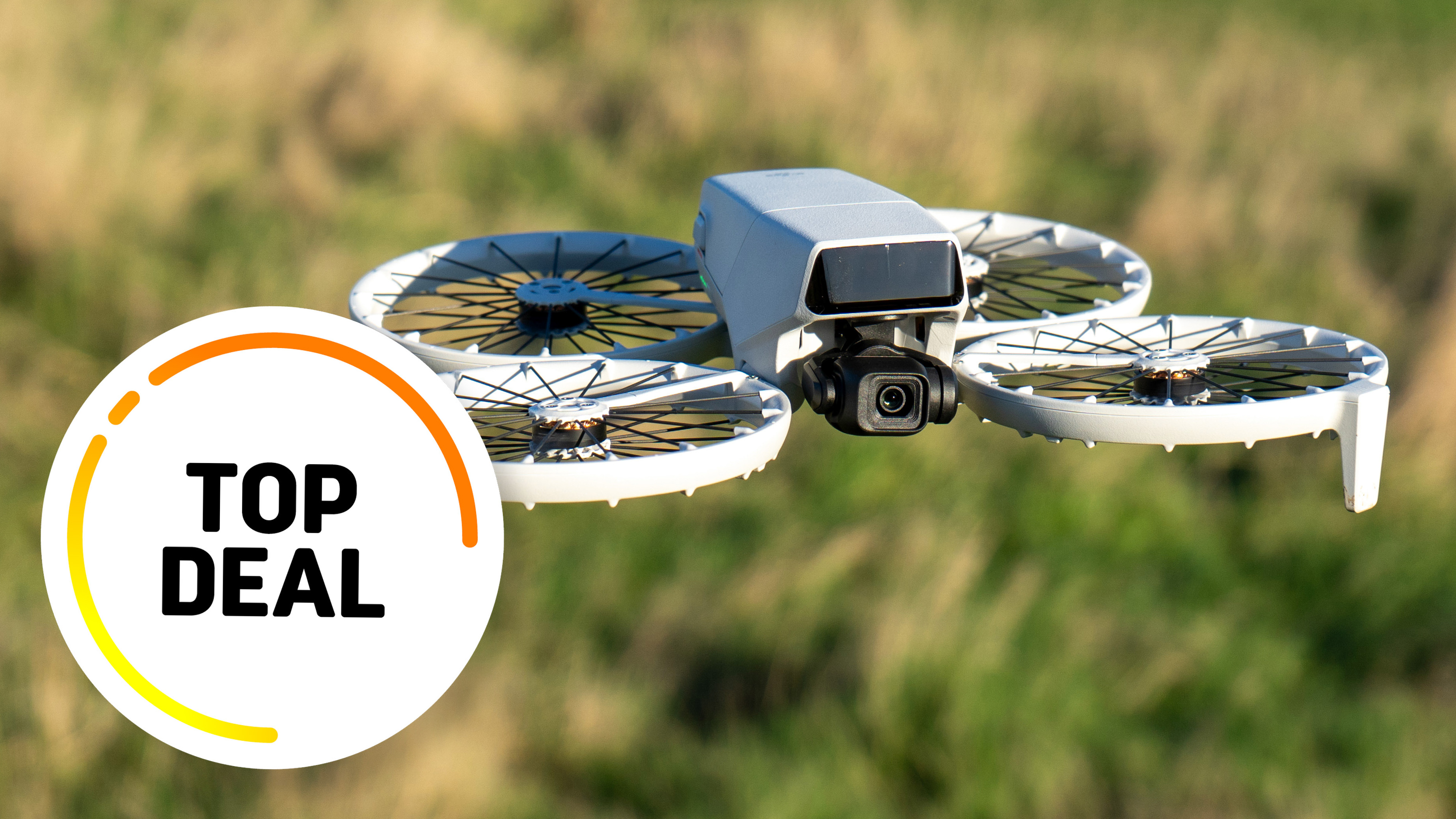The best microscope for students, kids and photographers in 2025
Explore inner space, educate your children, and shoot macro images with the best microscopes
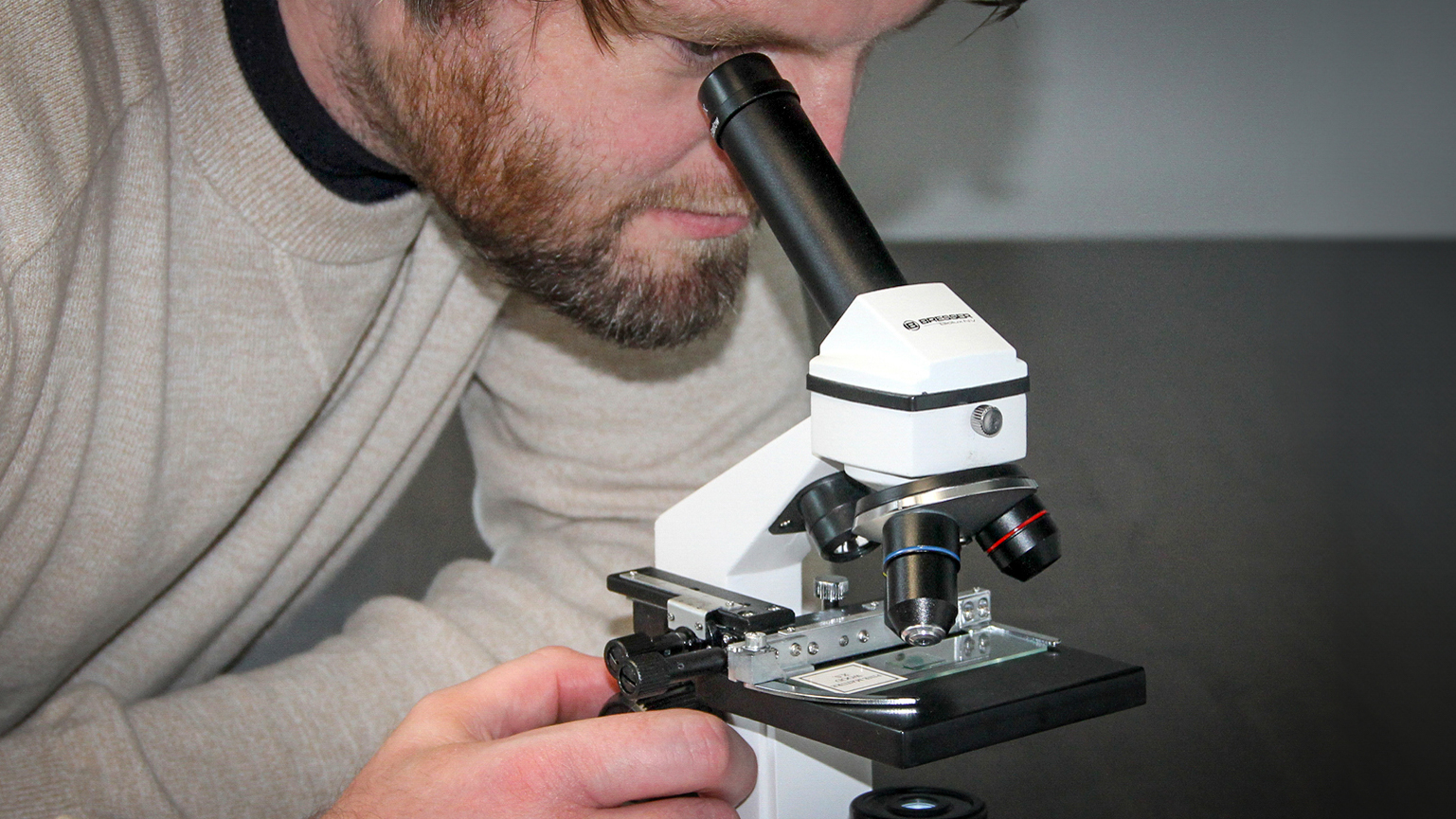
The best microscopes open up an entirely different world, revealing the details that our eyes alone could never capture. Just as a telescope lets you look outward into the universe, a microscope draws you inward, uncovering the hidden structures and textures of life on a miniature scale.
In this guide, we’ve brought together a selection of microscopes to suit a wide range of needs and budgets. From models designed for children and beginners to advanced options for serious study, you’ll find clear information on how they’re powered, the magnification they offer, and the features that set them apart.
Choosing the right microscope is much like picking a camera or a phone: it comes down to what you want to do with it, and how much you’re prepared to spend. Once you’ve answered those questions, the ideal choice will reveal itself, ready to open your eyes to the wonders of the world just waiting to be discovered.
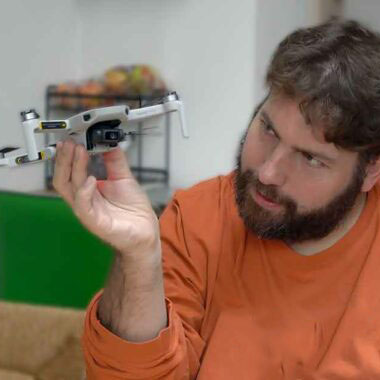
Adam has been obsessed with looking at cameras and gadgets for his whole life, and has written several bestselling books including The Drone Pilot's Handbook (he is our resident drone expert too).
The Quick List
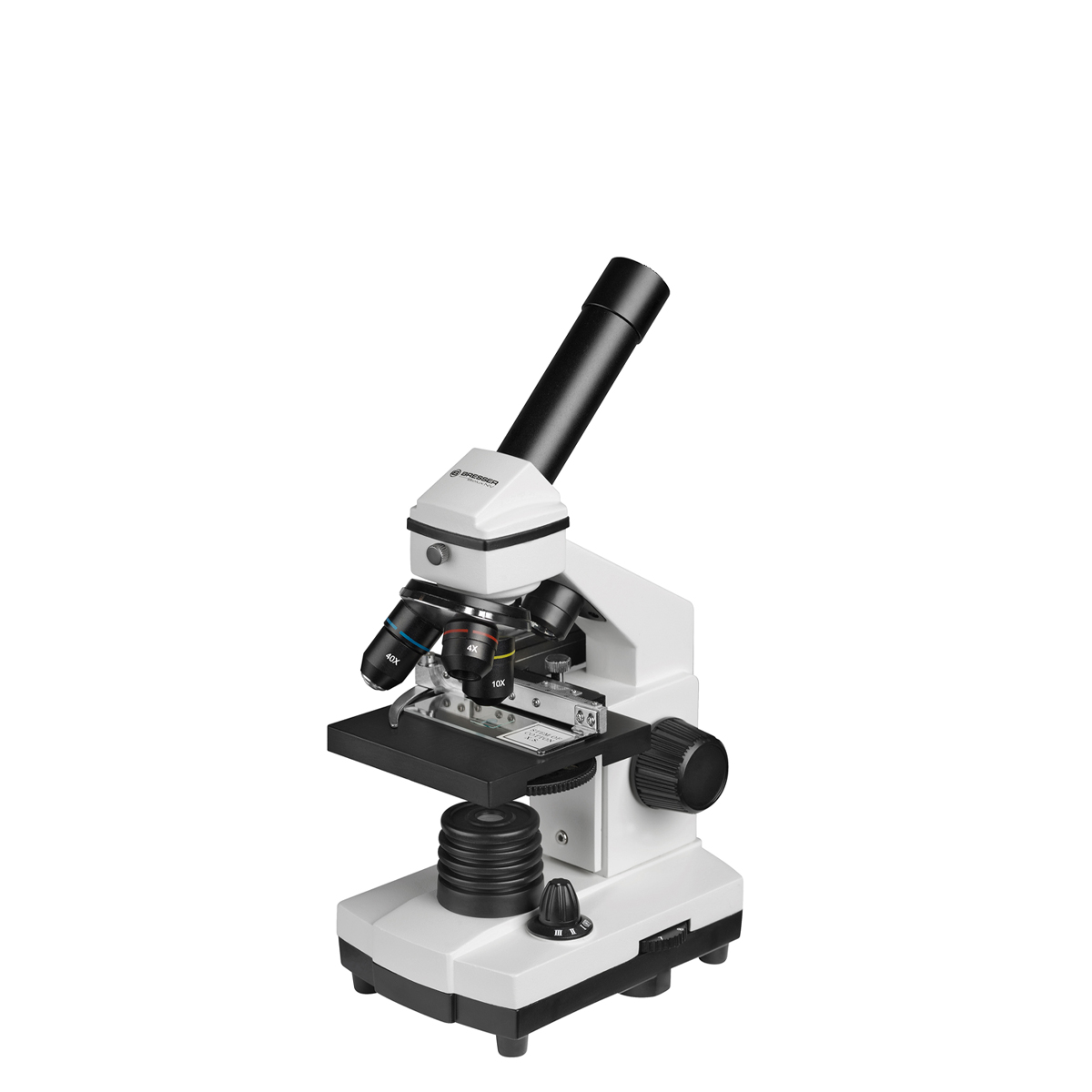
Just getting started with microscopes? The Bresser Biolux NV 20x-1280x is our choice as the best microscope for beginners (and it's suitable for advanced users too.)
Read more below
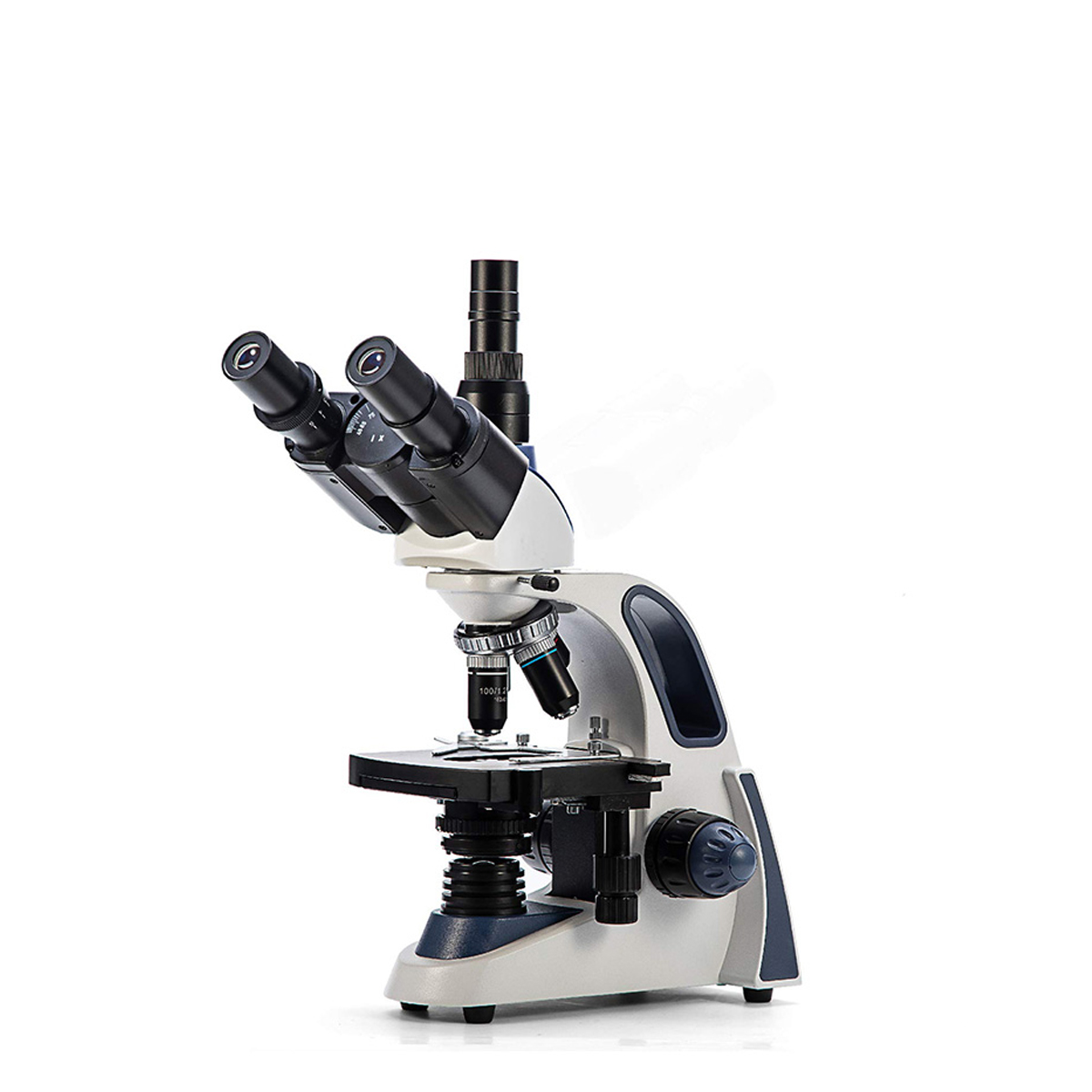
Want to shoot pictures with your microscope? This slick, multi-purpose microscope offers 2,500x magnification and the ability to attach a camera via its trinocular head.
Read more below
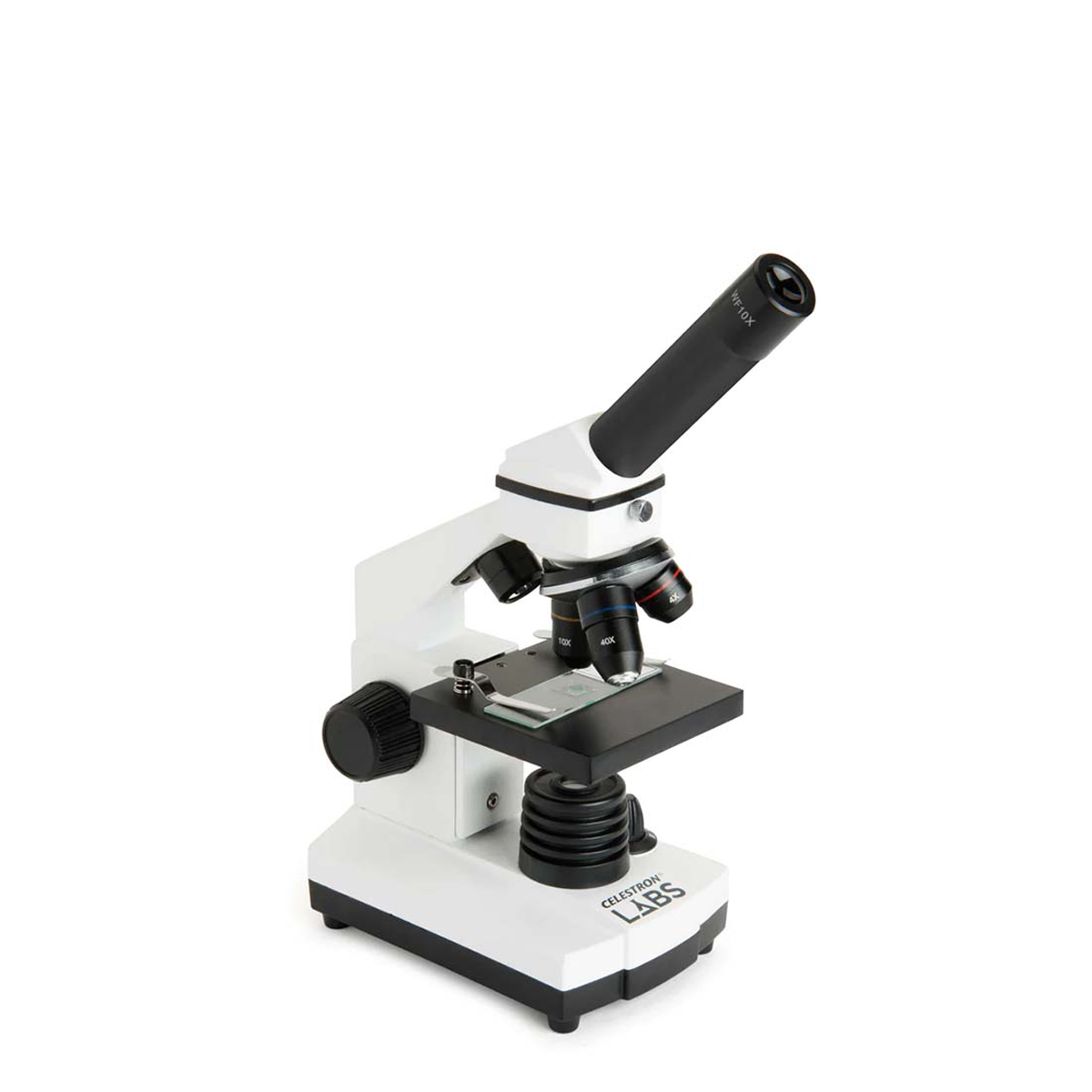
The Celestron CM800 Compound Microscope is a great choice for college and university students. It comes with 10 prepared slides, plus a sturdy all-metal build.
Read more below
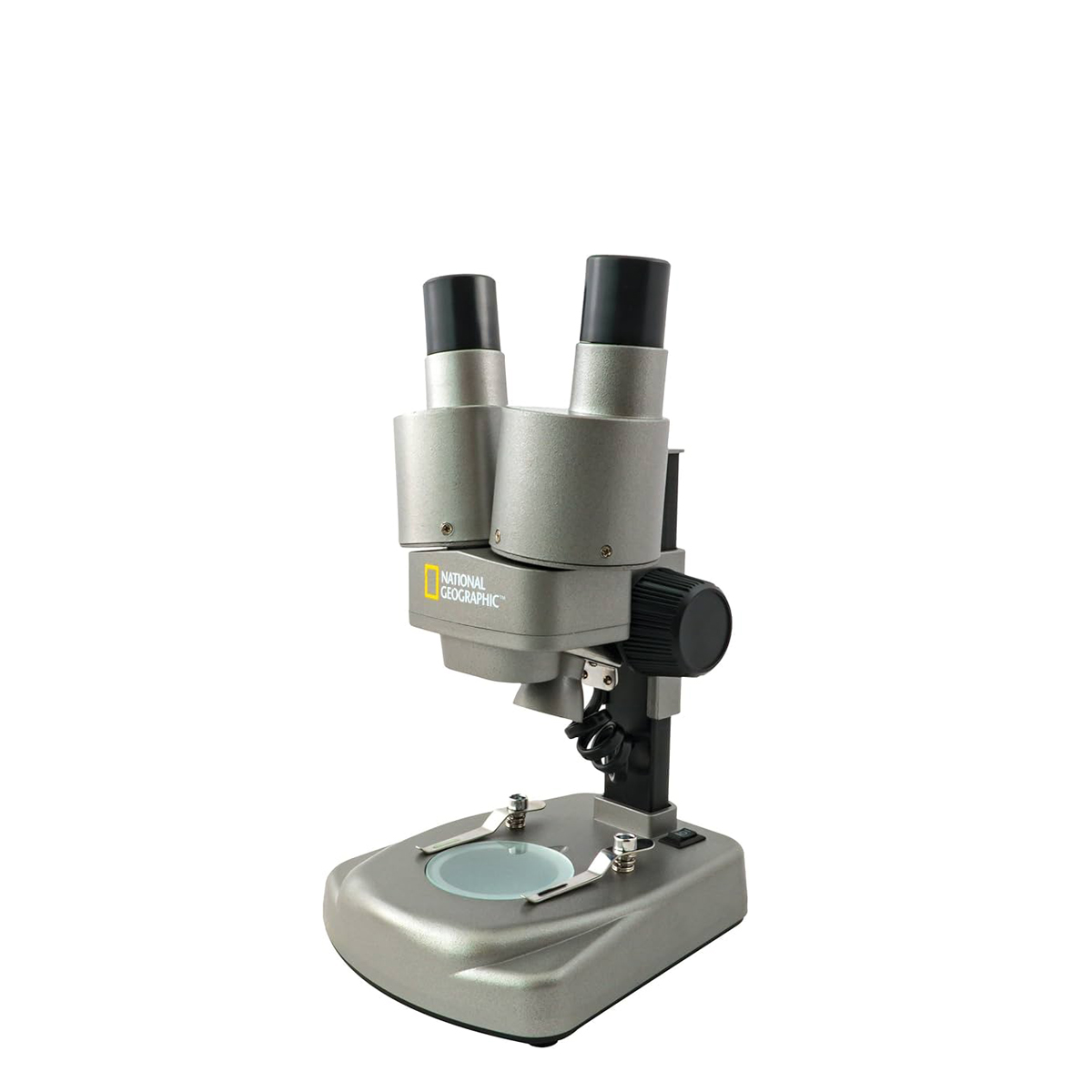
This is our top recommendation for eight to 12-year-olds. They can use the supplied blank slides to explore their own specimens, and there's a hatchery experiment to create slides.
Read more below
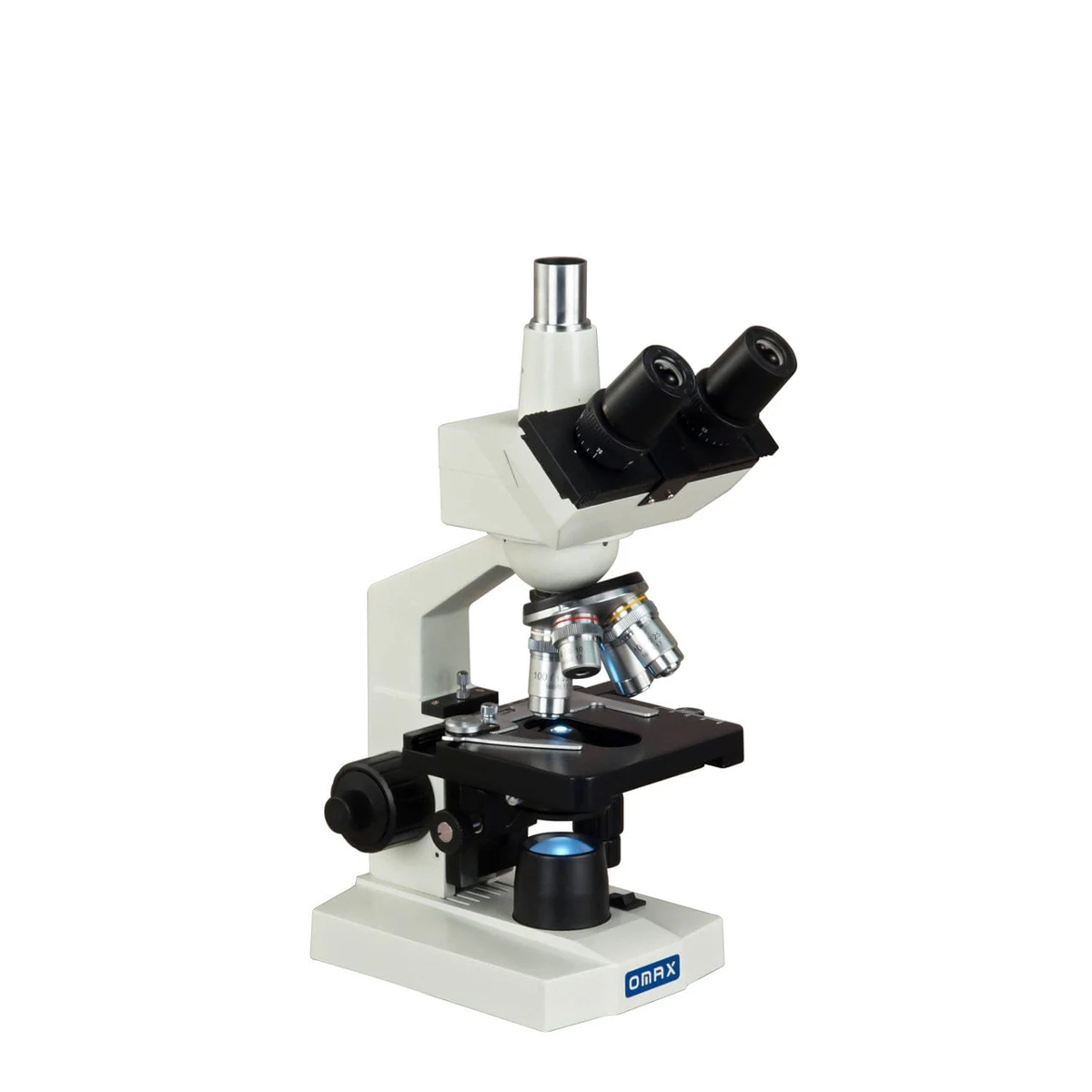
This microscope offers 2,000x magnification, you can explore the structure of fungi and protozoa, the details of cell walls, membranes, organelles, and even the nucleus in cells.
Read more below
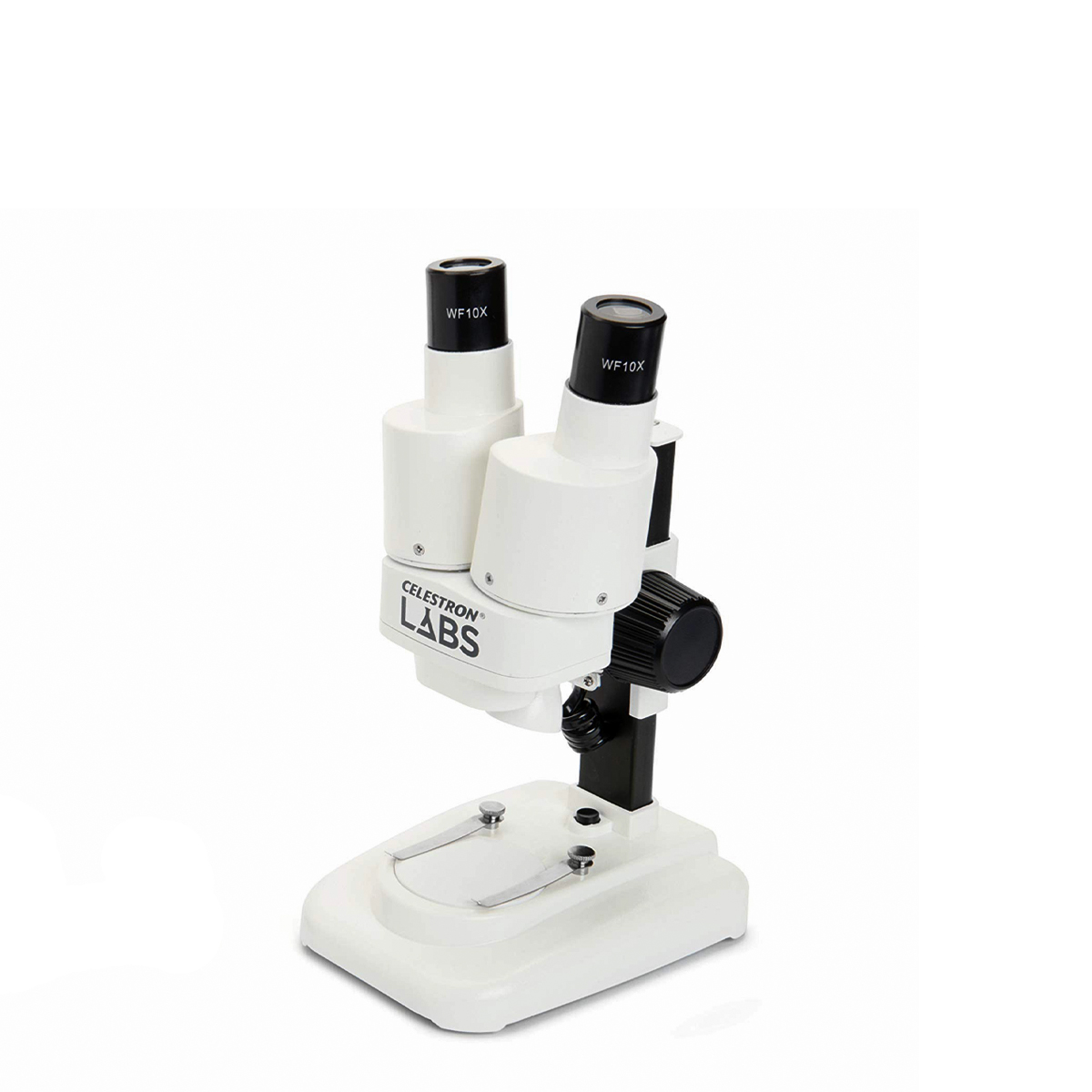
Want to view everything in three dimensions? This upright, 2x AA battery-powered microscope does a great job. It comes with 20x power and 10x adjustable stereo all-glass eyepieces.
Read more below
View the full list ⤵
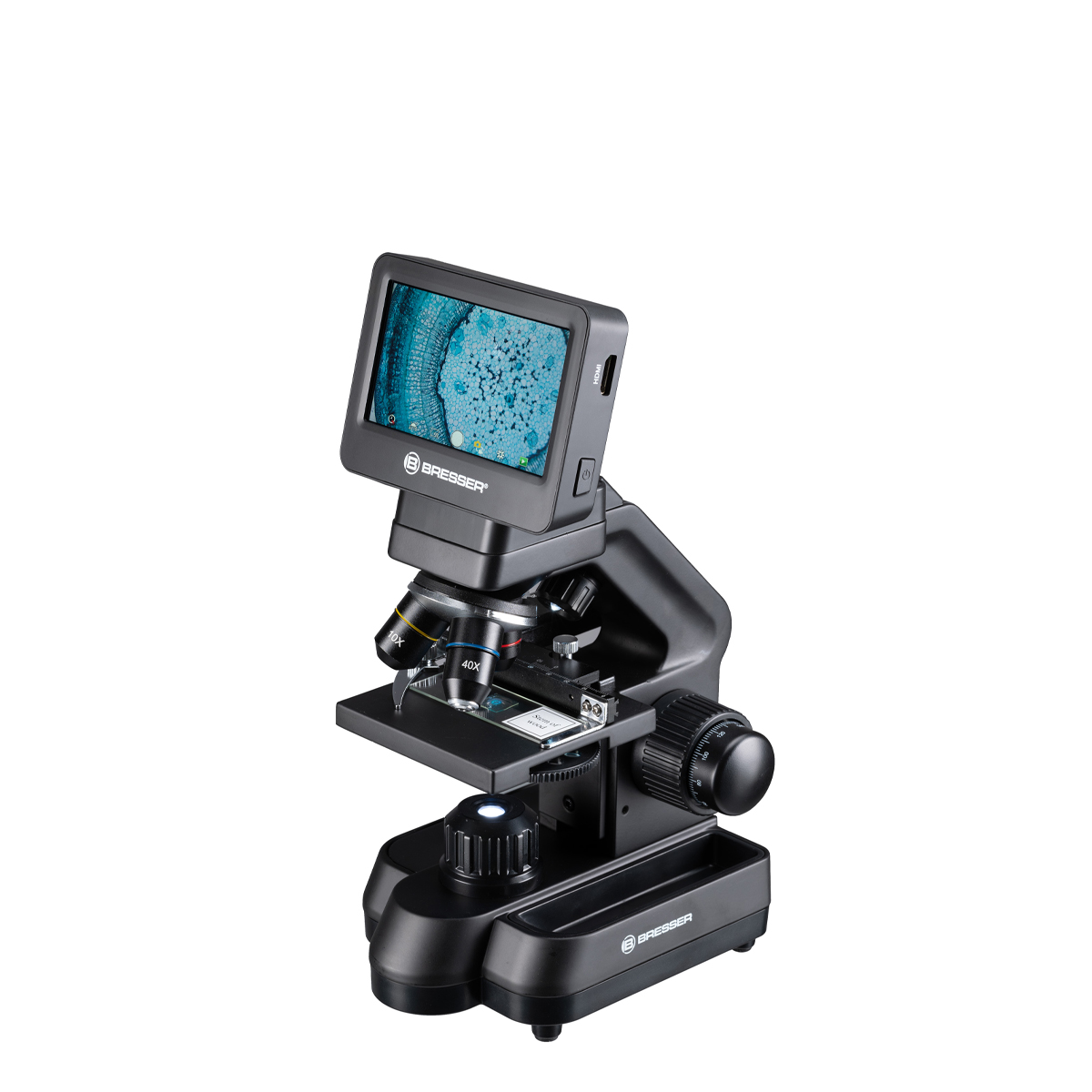
Instead of an eyepiece, the Bresser Biolux Touch offers a 5MP digital camera and a small 4.3-inch screen for viewing your microscopic subject, plus an HDMI connection for viewing on a TV or monitor.
Read more below
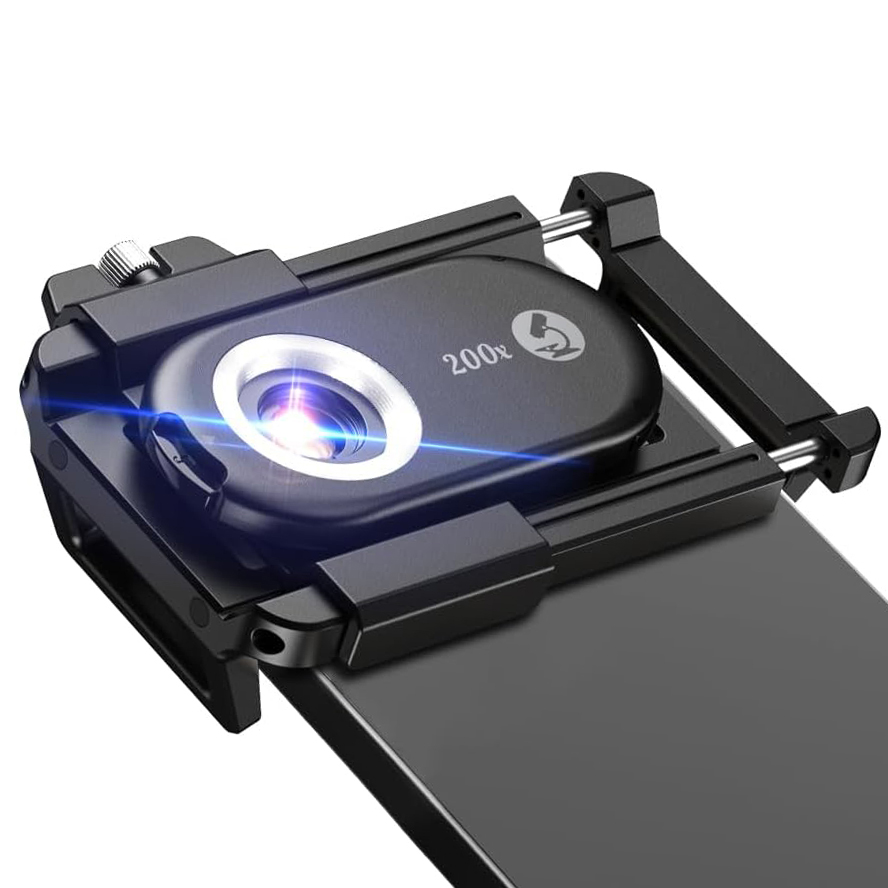
This kit gives you three different add-on lenses that clip onto most mobile phone giving you microscope-like magnifications up to 200x - and each has its own built-in ringlight.
Read more below
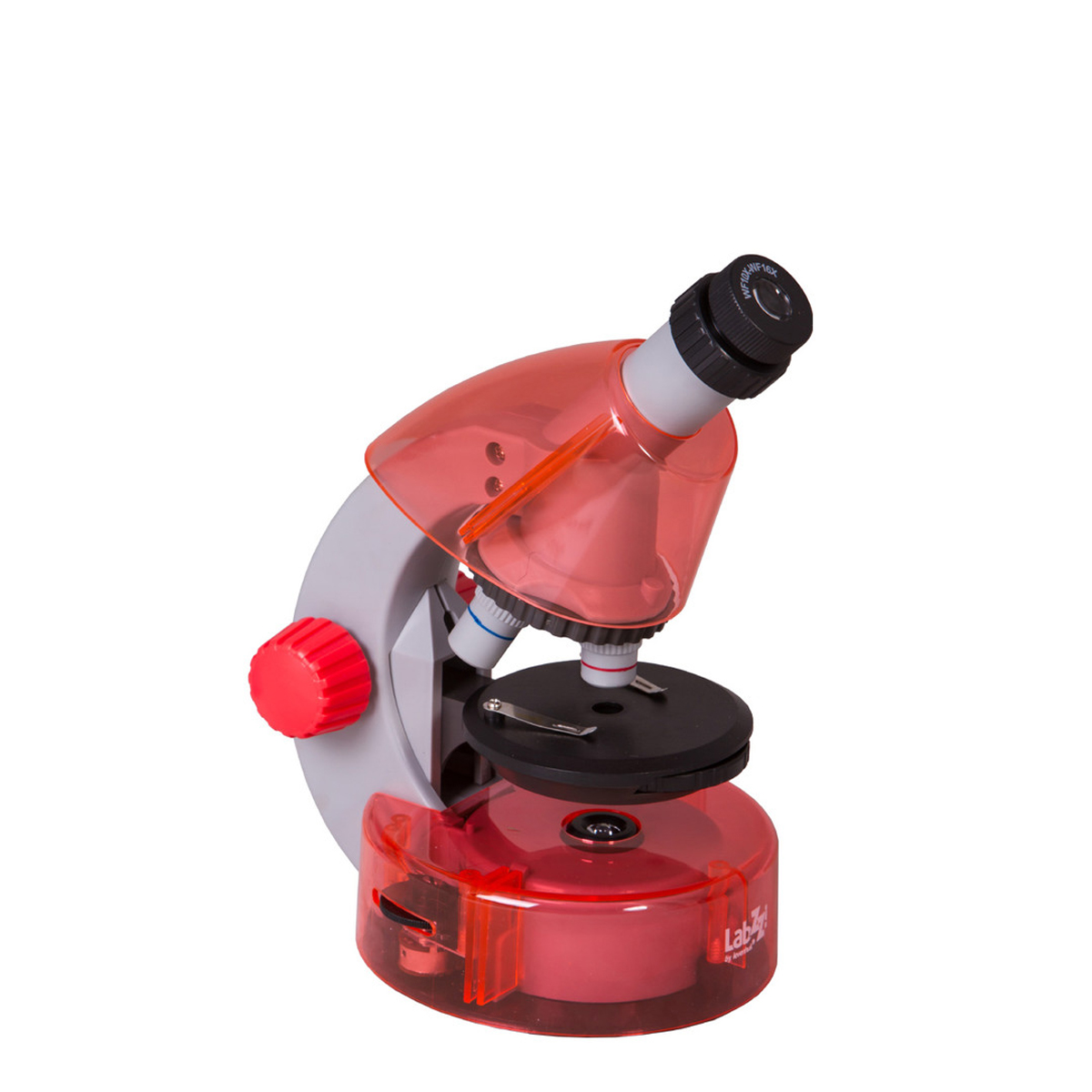
This is a great microscope for inspiring kids and younger students. With a variety of colors on offer, the plastic cases add a sense of personality.
Read more below
Best microscopes
Why you can trust Digital Camera World
Best microscope for beginners
Specifications
Reasons to buy
Reasons to avoid
Just get started with microscopes? Then you'll want the Bresser Biolux NV 20x-1280x, which is the best microscope for beginners – although it aims to be suitable for advanced users too.
This device comes with plenty of accessories, including an LED lamp offering eight steps of variable brightness, a filter wheel with five colors, and various filters. More excitingly still, this mid-priced metal- and plastic-built microscope from German brand Bresser also features a built-in camera, enabling you to preserve and study your microscopic examinations at leisure.
There's a broad selectable magnification range from 20x to 1280x, and power (and portability) is delivered via three AA batteries. To get you started, there are five prepared slides and five blank slides included.
The resolution from the camera is limited to 1280x720 pixels, but this is fine for recording results, or showing your images on your computer screen using the supplied Windows software. In short, this is ideal for anyone taking their first steps into microscopic worlds.
Read more: Bresser Biolux NV 20x-1280x review
Best microscope for photography
2. Swift SW380T
Specifications
Reasons to buy
Reasons to avoid
Want to shoot pictures with your microscope? The Swift SW380T is our top pick. This slick, multi-purpose ‘research grade’ microscope is aimed at everyone from hobbyists to clinicians. And for a price, you get a huge 2500x magnification and the ability to attach a camera via its trinocular head/camera port.
Its two 10x and 25x glass eyepieces have been set at a 30-degree angle that aims to combat neck strain when viewing specimens, while the focusing system offers precision. You get to choose from no fewer than six levels of magnification, including 40x, 100x, 250x, 400x, 1000x, and 2500x. An LED bulb controlled via a dimmer wheel provides the necessary illumination, while the large mechanical stage is similarly adjustable. Power comes courtesy of the mains.
Best microscope for students
3. Celestron CM800 Compound Microscope
Specifications
Reasons to buy
Reasons to avoid
The Celestron CM800 Compound Microscope is an affordable option that's marketed as ‘lab grade’, making it a great choice for college and university students. It comes with 10 prepared slides, plus a sturdy all-metal build.
The combination of two eyepieces and three objective lenses allows for magnified observation at 40x, 80x, 100x, 200x, 400x, and even a whopping 800x, and the built-in LED illumination is adjustable. While a mains adapter is provided, it's also suitable to take out-and-about for field use. It can be powered by three AA batteries (included), and metal clips ensure whichever slide you're examining stays firmly in place.
A single focus dial maintains ease of use, and the microscope itself remains cool to the touch during use. Even out of the classroom, this one exudes class.
Best microscope for kids
4. National Geographic Dual LED Microscope
Specifications
Reasons to buy
Reasons to avoid
While more expensive than some microscopes aimed at kids, this is a thoughtful bundle, supplied with 35 ready-prepared slides that mean young scientists can get started right away. Once the 8-12-year-olds (recommended ages) have had their enthusiasm engaged, they can use the supplied blank slides to explore their own specimens. There is even a brine shrimp egg hatchery experiment from which they can create slides.
Not only is all this inspiration included, but the microscope itself has a pleasingly adult feel with sturdy manufacture and binocular optics. We would prefer the option of higher magnification, but this set is more about revealing the potential to kids, and binocular microscopes offer a 3D perspective.
The lighting means examining rocks and quartz is easy. It’s also much appreciated that a slide storage box is amongst the accessories, not to mention the detailed learning guide.
Best microscope for exploring inner space
5. Amscope OMAX 40x-2000x Lab LED Binocular Microscope
Specifications
Reasons to buy
Reasons to avoid
Do you or your kids want to delve deep into the microscopic world? Amscope's OMAX 40x-2000x Lab LED Binocular Microscope offers 2,000x magnification, so you can explore the structure of fungi and protozoa; see the details of cell walls, membranes and organelles; and even view the nucleus in cells.
This microscope is mainly constructed from metal, with some plastic parts, and comes fully assembled. Perfect for home and school use, it features a sliding binocular viewing head and two pairs of widefield eyepieces, along with LED lighting and dimmer controls to help you see everything clearly.
The device is powered from the mains, and you can connect it to a camera via USB. You also get 100 glass slides and cover slips and 100-sheet lens cleaning papers with your purchase.
Best stereoscopic microscope
Specifications
Reasons to buy
Reasons to avoid
New to the microscopic world, and want to view it in three dimensions? This stereo microscope for beginners makes doing so easy and affordable.
This upright, 2x AA battery-powered microscope, with a robust metal head is nice and portable. It comes with 20x power and 10x adjustable stereo all-glass eyepieces with two objective lenses. You also benefit from a large viewing stage that bigger objects, such as rocks and beetles, can be placed on for examination with the aid of built-in LED illumination.
Two sample specimens are included. Operation is made easy and straightforward via a single focus control.
In our review, we found this model a great deal of fun to use, giving you a lot for your money. We were impressed by how much even flowers, leaves and grasses can reveal with the LED reflecting light source turned on, even at the relatively low magnification the S20 provides.
Read more: Celestron S20 review
Best microscope with camera
Specifications
Reasons to buy
Reasons to avoid
Instead of an eyepiece, the Bresser Biolux Touch offers a 5MP digital camera and a small 4.3-inch screen for viewing your microscopic subject. The built-in screen is fine as far as it goes, but there’s no tilting mechanism of the kind that’s near-ubiquitous on mirrorless cameras and DSLRs, which makes positioning awkward. The saving grace – and it’s a good one – is the HDMI output port, which enables you to direct the microscope image through any modern TV or computer monitor. You can set the output to 1080p 30p or 720p 60p, and the TV option is great for family viewing or classrooms.
The controls are easy to use, although the staging controls on the left are a little fiddly for right-handers. The image is good-quality, and the touchscreen interface enables you to make basic adjustments like white balance. The microscope comes with tools and a fairy shrimp hatchery to help you make your first slides, plus five ready-made sample slides.
Read more: Bresser Biolux Touch 5MP HDMI review
Best microscope attachment for phones
Specifications
Reasons to buy
Reasons to avoid
This kit provides a way of turning your mobile phone into a microscope. A clamp like attachment can be adjusted to fit practically any phone - and then one of three magnifying lens units are slotted in to line up with your handset's wide-angle camera lens. These give options of 200x, 150x and 100x magnifications.
Ingeniously, each magnifying lens has a built-in ringlight to illuminate the subject - which is powered from a battery that can be recharged via a USB-C socket.
Unlike a traditional microscope, there is no stand to keep the lens steady - or to support the subject - so that you need to find a way of keeping things stable when you are shooting at this extreme close-up. As such this means this is probably not the best option for serious scientific investigation.
You may also find that having three different magnifications is overkill - but thankfully Apexel does sell single lens units with the clamp attachment, to reduce the cost of your investment.
Read our full Apexel PhoneMicro5 review
Best microscope for young kids
Specifications
Reasons to buy
Reasons to avoid
This is a great microscope for inspiring kids and younger students. With a variety of colors on offer, the plastic cases add a sense of personality that gives kids a sense of ownership, as well as keeping things nicely safe.
The microscope also features a two-position eyepiece (10x and 16x) which means there will be no losing of eyepieces. The use of batteries means the microscope can be taken outside, and the lower illumination has a dimmer wheel, though you’ll simply need a well-lit environment as there is no upper illumination.
See our full Levenhuk LabZZ M101 review
FAQs
What can I use a microscope for?
The affordable microscopes on this list, which are all aimed at consumer use, can be used to observe a wide range of specimens, including cells, bacteria, fungi, plant structures, insects, minerals, and other small objects.
What are the three main types of microscope?
When shopping for microscopes, you'll encounter three main types: compound, stereo, and digital.
Compound microscopes effectively work like binoculars or telescopes, using an optical system with an objective lens and an eyepiece.
Stereo microscopes, meanwhile, have two separate (binocular) eyepieces and two optical paths to render their subject in a more three-dimensional way.
Finally, digital microscopes relay an image to a monitor, rather than requiring the user to peer down an eyepiece. They also make it much easier to capture images of their subject.
How do I look after my microscope?
To ensure your microscope lasts for years and continues to work well, it's important to handle it gently and clean the lenses regularly with approved methods (check the instruction manual for details). Also be sure to store it in a dry environment.
How to choose the best microscope
If you're buying a microscope for a child, you should probably aim for a cheaper model. If, however, you're a photographer looking to take digital images of the subjects you're viewing, it makes sense to get hold of a higher-priced microscope with accordingly higher specifications.
The main one to pay attention to is the magnification factor. The larger the number, the higher the microscope’s power, and the more extensive the level of detail visible. You’ll also want to examine build quality. If you need something robust then it's worth going for a microscope with an all metal-build, but if it's just for fun at home then something cheaper will definitely do the job.
Depending on the quality of the image you need, don’t discount the possibility of a phone adapter placed on the objective lens (eyepiece). The image might well be better than you expect, especially if you source the adapter from the microscope’s manufacturer.
How we test microscopes
When we test microscopes, we examine optical quality by assessing resolution, contrast, and aberrations using calibrated slide samples. We also pay attention to ergonomics and ease of use through hands-on trials . Finally, we analyze value by comparing performance metrics to the product's price point, ensuring buyers receive a worthwhile investment for their needs.
Find out more about how we test and review on Digital Camera World
Compare prices
The best camera deals, reviews, product advice, and unmissable photography news, direct to your inbox!

With over 20 years of expertise as a tech journalist, Adam brings a wealth of knowledge across a vast number of product categories, including timelapse cameras, home security cameras, NVR cameras, photography books, webcams, 3D printers and 3D scanners, borescopes, radar detectors… and, above all, drones.
Adam is our resident expert on all aspects of camera drones and drone photography, from buying guides on the best choices for aerial photographers of all ability levels to the latest rules and regulations on piloting drones.
He is the author of a number of books including The Complete Guide to Drones, The Smart Smart Home Handbook, 101 Tips for DSLR Video and The Drone Pilot's Handbook.
